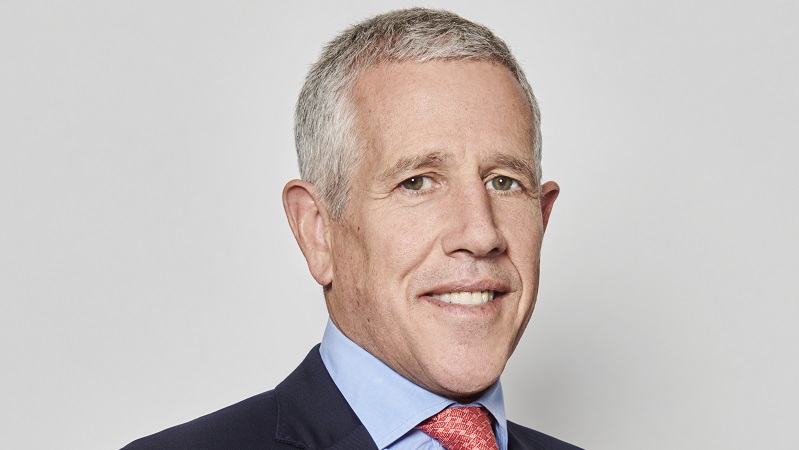Those less inclined to having a good time will no doubt counter my optimism by pointing out that nothing has really changed. There is still too much debt, there is still too little growth, there is still a broken financial system and there is still an inability of politicians to visualise a post-crisis economic settlement.
All true, and I have never argued that all our economic problems can be solved easily – it is after all the dismal science. But be realistic folks. We are not going back to pre-2008. We are not going back to a credit boom, to balance sheet expansion, to structured product-based financing. That has all gone.
And we face years of fiscal adjustment and low growth and low interest rates. But companies still keep making things, employing people, innovating and generating wealth. Pension funds need to be invested. Insurance policies need to be invested. Households need to put their savings to work.
Markets can still deliver decent returns in even a low growth environment, especially with a lot of liquidity.
I expect that euphoria will be somewhat contained by the recognition that debt levels will keep rising, that governments will need to keep shrinking and that real income levels will remain under pressure for some time. The bottom line is I would rather be in this world than in a world of a fracturing currency zone with cataclysmic social and economic problems.
So what?
Risk premiums are lower, which means higher bond prices. There is still juice in the bond market, in the subordinated financials, in peripheral corporates, in high yield and potentially in some of the longer-dated peripheral sovereign bonds.
If bond yields are lower and growth prospects are marginally higher, then why not look for equity markets to plough on from here. Government bond yields in the core will remain anchored at very low levels by official rates and bond-buying programmes, yet if the ‘monetary reflation’ approach to the debt crisis starts to bear fruit, nominal GDP growth expectations will rise and a beneficiary of that will be inflation-linked bonds.
Long-term break-even inflation rates remain below 2.5% for the developed markets and I would continue to make the case for having inflation protection and shorter duration in any bond portfolios with a lot of interest rate risk.
As monetary reflation becomes more widespread, the combination of inflation-linked and high yield bonds, or inflation-linked and equities become ever more attractive as a longer-term strategy.










